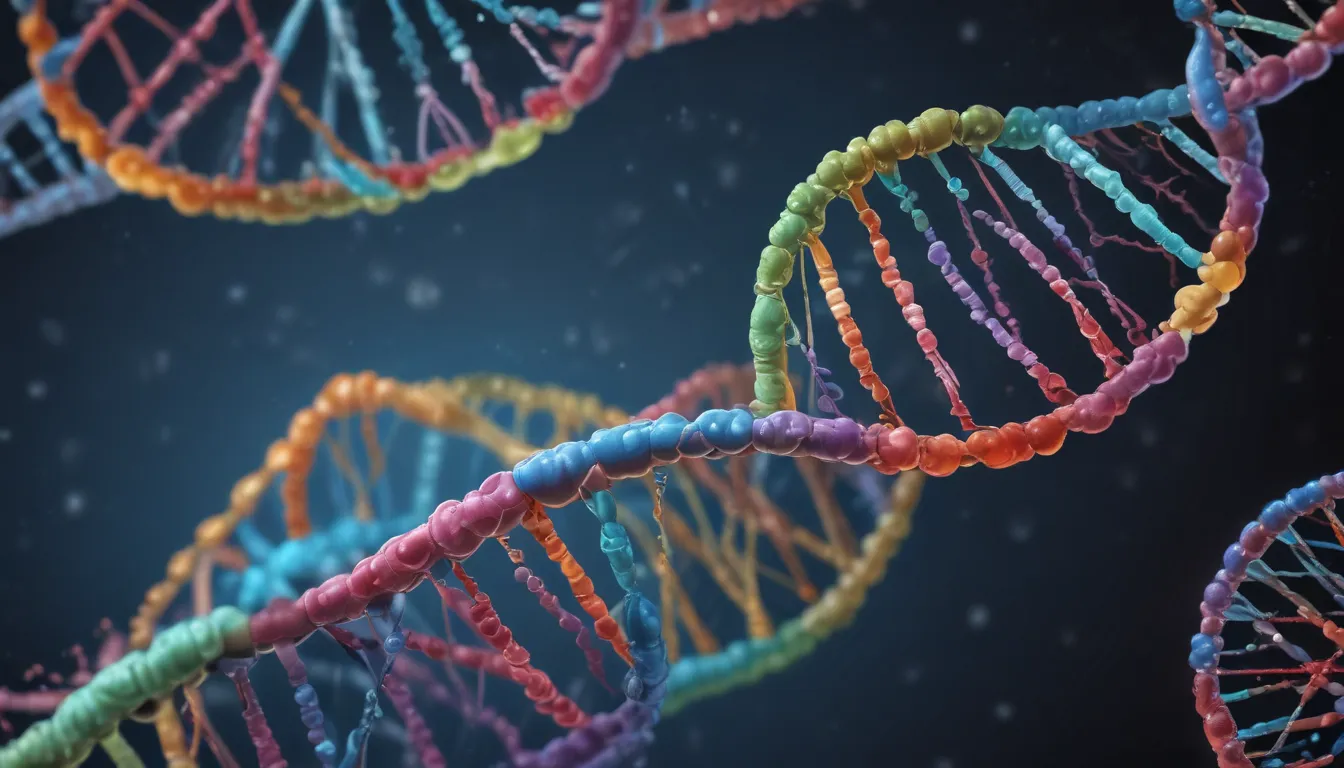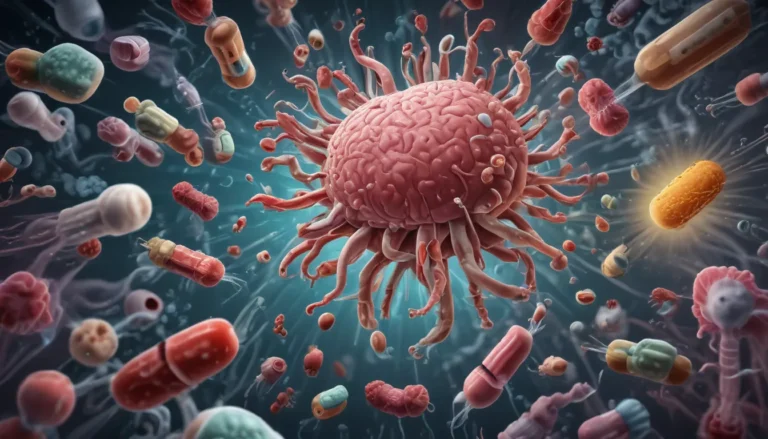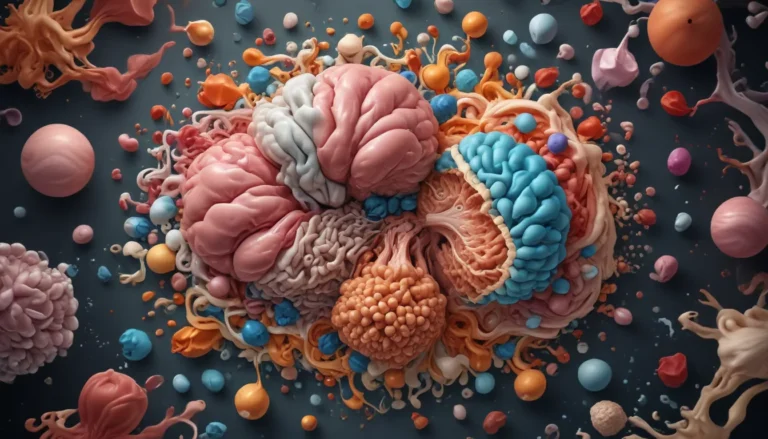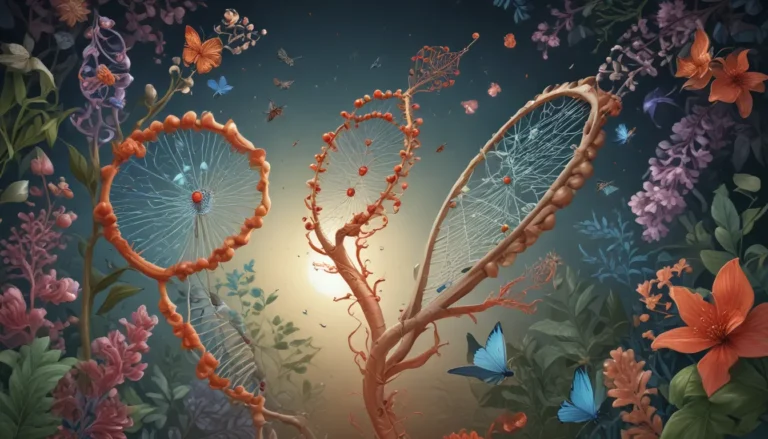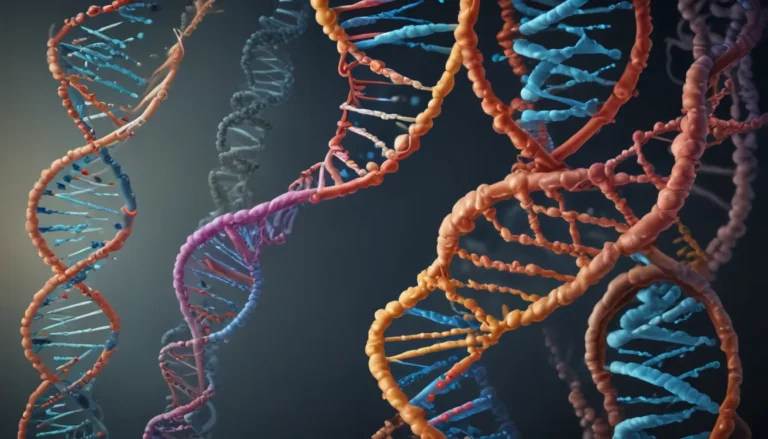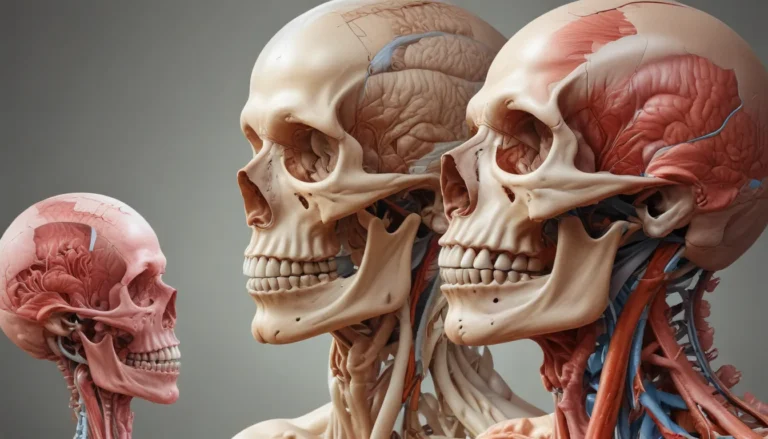A Note About Images: The images used in our articles are for illustration purposes only and may not exactly match the content. They are meant to engage readers, but the text should be relied upon for accurate information.
DNA replication is a fundamental process in all living organisms, ensuring the accurate transmission of genetic information. This intricate mechanism allows for the duplication of DNA molecules, playing a crucial role in growth, development, and functioning. Understanding the origins of DNA replication is vital for unraveling the complexities of this process and shedding light on genetic disorders and diseases like cancer. In this comprehensive guide, we will explore 17 intriguing facts about DNA replication origins, from the discovery of replication bubbles to the role of initiator proteins. Let’s dive into the fascinating world of DNA replication and explore the mysteries behind its origins!
Unraveling the Basics of DNA Replication
DNA replication is the process by which a cell duplicates its genetic material to generate identical copies. It occurs during the synthesis (S) phase of the cell cycle, ensuring that each daughter cell receives a complete set of genetic information. This process is highly accurate, thanks to built-in mechanisms like DNA polymerases that proofread and repair any errors. DNA replication starts at specific sites called origins of replication, which have specific DNA sequences known as replicators essential for initiation.
Understanding the Complexity of Replication Origins
The number of origins of replication varies in different organisms, with larger genomes having multiple sites to ensure efficient replication. Origin recognition complexes (ORCs) play a crucial role in binding to these sites, initiating the unwinding of the DNA double helix, and creating replication forks. DNA polymerases add nucleotides to the newly synthesized DNA strand bidirectionally from the origin of replication, resulting in two identical copies of the DNA molecule. This process is highly coordinated, with various proteins and enzymes working together to prevent errors and maintain genome stability.
Impact of Mutations and External Factors
Mutations in DNA replication origins can lead to genomic instability and diseases like cancer. The initiation of DNA replication is tightly regulated to prevent multiple rounds of replication within a single cell cycle. Additionally, external factors such as environmental conditions and cellular signals can influence the activity of replication origins, impacting DNA replication efficiency. Replicative stress can cause DNA replication fork stalling or collapse, leading to genomic instability and DNA lesions.
Significance in Disease Research
Malfunctions in DNA replication origins are associated with genetic disorders and diseases, highlighting the importance of studying these sites. Ongoing research aims to unravel the complexities of DNA replication origins, offering insights into therapeutic strategies for targeting replication-associated diseases. By exploring these origins, scientists can gain a deeper understanding of genetic disorders like cancer and developmental abnormalities, paving the way for innovative medical interventions.
Conclusion: A Glimpse into the Future
In conclusion, DNA replication origins are fundamental components of cellular reproduction, contributing to genetic integrity and stability. By delving into the intricacies of these sites, researchers continue to uncover new discoveries and advance our knowledge of genetics. The study of DNA replication origins remains an exciting field, promising future breakthroughs in understanding life’s building blocks. As we unravel the mysteries of DNA replication, we pave the way for innovative medical treatments and interventions that could revolutionize healthcare.
FAQs About DNA Replication Origins
- What are DNA replication origins?
-
DNA replication origins are specific sites on the DNA molecule where the replication process begins, recognized by proteins that initiate DNA duplication.
-
How many DNA replication origins are there in a cell?
-
The number of DNA replication origins varies by organism and cell type, with humans having approximately 30,000 sites across the genome.
-
Can DNA replication origins be mutated?
-
Yes, mutations in replication origins can occur, leading to replication errors, genetic instability, and disease development.
-
How do scientists study DNA replication origins?
- Scientists use techniques like DNA sequencing and biochemical assays to identify and study replication origins, unraveling their molecular mechanisms.
As we continue to explore the world of DNA replication origins, we deepen our understanding of life’s fundamental processes and the intricate mechanisms that drive cellular reproduction. Each discovery brings us closer to unlocking the mysteries of genetics and opens new possibilities for innovative medical advancements. Trust in our commitment to quality and authenticity as we journey together through the captivating realms of molecular biology.
